18 March, 2015
The Ultimate Fermented Round Up
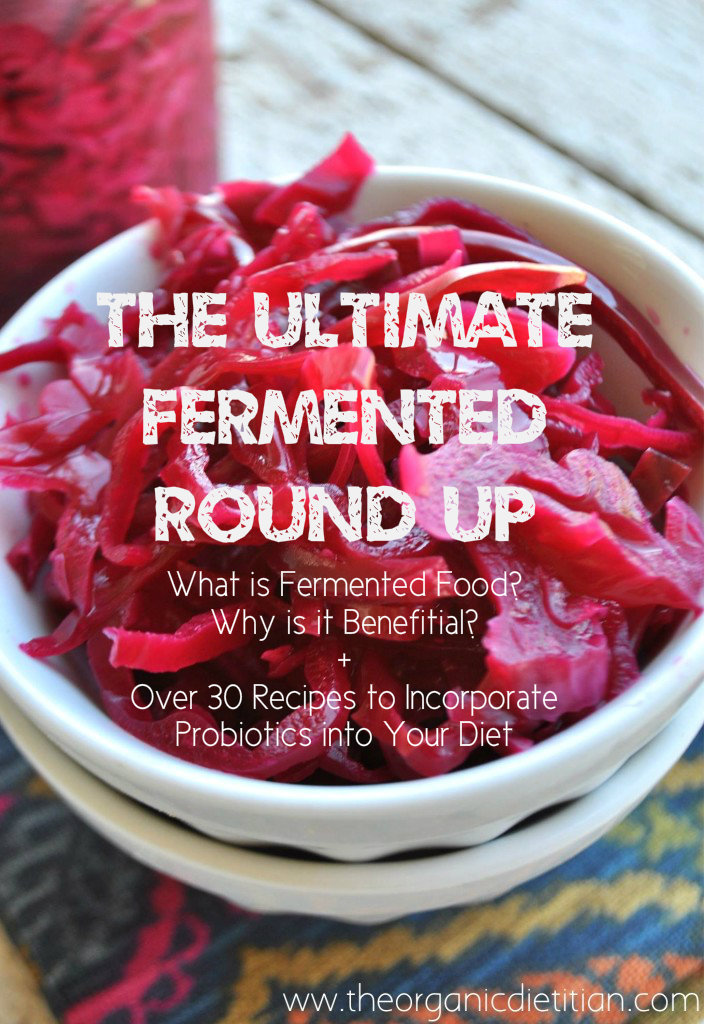
Fermentation dates back to 5400 BCE so it is not a new concept. Fermenting foods started out simply as a way to preserve food. As we became a more processed nation the art of fermentation was put on the back burner. We became a nation of sterilization and pasteurization because for some reason we were afraid to expose ourselves to “bugs” even if they are extremely beneficial to our health. With an increase of this commercial production and natural foods being replaced by refined flour and sugar we also managed to increase chronic disease. Good for us right? The generation today doesn’t know much about culturing and fermentation, they probably even think that it is strange and unsafe. Icky if you will. Nothing could be further from the truth. Culturing and fermenting food which produces probiotics is the safer, more effective and convenient method to preserve nutrients in food. Getting enough of the right nutrients from the food we eat is so essential to preventing disease and slowing down the aging process.
Why are Probiotics Important?
Our entire bodies are home to microorganisms. These bacteria call our digestive systems and skin home and many of these bugs are essential for our health. They are responsible for preventing growth of harmful bacteria, regulate our gut, produce important vitamins, and make our immune systems strong. Our bodies when treated right sustain these helpful bacteria in perfect harmony and they do great things for our health. When we treat them badly by eating junk food or taking too many antibiotics then they die leaving us vulnerable. Fermented foods are rich in beneficial microorganisms that our bodies need and for many of us that have been eating poorly and taking a lot of prescription medications we need to build that good bacteria back up.
The bacteria in our gut are responsible for a lot of tasks, such as:
- Improving the bioavailability of nutrients from food (eliminating anti nutrients)
- Strengthening immunity
- Manufacturing B-complex vitamins
- Aiding absorption of vitamins and minerals
- Protecting the integrity of the intestinal lining
- Producing antiviral substances
- Producing antifungal substances
- Neutralizing endotoxins (compounds found in the cell walls of bacteria that protect them from threat and are released when the bacteria die; many of these toxins cause health problems)
- Regulating cytokines (chemical messengers that help regulate the nature and intensity of the immune system’s response) so as to reduce inflammation in the body
- Neutralizing potentially carcinogenic nitrates in the digestive tract
- Extracting calcium from dairy products.
♦From Fermented Foods for Healthy by Deirdre Rawlings, Ph.D., N.D.
Health Benefits
Probiotics from fermented foods can not only improve digestion and support a healthy immune system but they have shown a positive correlation with reversing and preventing some diseases. Chronic gastritis, multiple sclerosis, type 2 diabetes, high blood pressure, and cancer are just some of the health problems that may be benefited by a healthy gut microbe with use of probiotics. Even improving mental health.
How to Get More Probiotics with Food
There are so many different ways that you can get more probiotics into your lifestyle. Fermented foods are really one of the best ways I believe. It may even be easier than you think and you may even be surprised to find that you are eating some of them already. If the thought of eating fermented foods scares you (I am sure you are not alone) then I recommend starting out slow. Eat more of the foods that you are familiar with and once a month experiment with something you may have never tried before. The ultimate goal should be to have something fermented at least once per day and for the truly courageous a small amount before every meal to help digestion and increase nutrient absorption of what you just ate. Here are just a few of the foods that contain healthy bacteria.
Yogurt
What: Made from milk fermented with lactic acid bacteria
Preferred: Organic, grass fed dairy yogurt or cultured coconut yogurt (vegan). Look for the words made from live cultures on the labels. Be cautious of varieties with lots of sugar and additives. Maple Hill Creamery and Dreaming Cow are my favorite brands.
Apple Crisp Yogurt by The Organic Dietitian
Pumpkin Yogurt with Gingersnap Granola by The Organic Dietitian
Kale Chips with Spicy Yogurt Dip by The Organic Dietitian
Kefir
What: A milk product made from kefir grains (a yeast/bacterial fermentation starter). Kefir grains are a combination of lactic acid bacteria and yeasts.
Preferred: Kefir made from raw, organic milk of the highest quality without antibiotics or hormones if you can find it. I like this dairy free version from Graindrops. You can even find water kefir grains if you want to avoid grains and dairy products.
Chai Spiced Kefir by Cultures for Health
Chipotle Avocado Kefir Sauce by Cultures for Health
Water Kefir Soda by Wellness Mama
Sauerkraut or Kimchi
What: Both typically contain cabbage. The healthy bacteria in cabbage when given the right environment will give off lactic acid, which makes the cabbage sour and kills pathogenic bacteria. The sour flavor results from bacteria fermenting the sugars in the cabbage forming lactic acid.
Preferred: Look for raw versions since cooking will kill off any beneficial bacteria. Look for varieties in the refrigerator section at the grocery store. My favorite brands are Farmhouse Culture and Wildbrine.
Basic Raw Sauerkraut by The Organic Dietitian
Kimchi, Two Ways by Food Porn, Vegan Style
Macrobiotic Sushi Bowl by Strength and Sunshine
Grilled Seitan Kimchi Mac and Cheese by Vegan Yack Attack
Vegetable Stir Fry with Brown Rice and Sauerkraut by The Vegan Chickpea
Quinoa, Barley and Pickled Vegetable Salad by A Traveling Cook
Miso
What: Traditional Chinese paste made from fermenting soybeans in salt and fungus. Miso comes in different color varieties and typically the darker the color the stronger the flavor so if you are just starting out you may want to try white miso first. Miso can be made with different grains as well so if you are gluten free be sure to read the labels.
Preferred: Organic is preferred to avoid GMOs that are common in soy products.
Arugula White Bean Polenta Bruschetta with Miso Balsamic Drizzle by Veggies Don’t Bite
Veggie Noodle Miso Soup by Veggies Don’t Bite
Miso Veggie Soup in a Jar by the Muffin Myth
Miso Soup with Pumpkin + Quick Miso Salad with Broccoli by Food Porn, Vegan Style
Mushroom Onion Miso Soup by Vegan Yack Attack
Miso Udon Noodle Soup by Elephantastic Vegan
Vegan Miso Soup with with Shiitake Mushrooms by Because Yum
Sweet Potato and Apple Salad with Miso Dressing by Green Evi
Tempeh
What: It is made by a natural culturing and controlled fermentation process that binds soybeans. The fermentation process and use of the whole beans make tempeh higher in protein, fiber, and vitamins than tofu.
Preferred: Organic is preferred to avoid GMOs that are common in soy products.
Homemade Tempeh by La Tortoise
Tempeh Reuben Club Sandwich by Lunch Box Bunch
Tempeh Tacos with White Cabbage and Fresh Salsa by The Muffin Myth
Baked Sriracha Tempeh Bowls by The Muffin Myth
Chili Con Tempeh by La Tortoise
Tempeh with Avocado Mousse and Black Rice by La Tortoise
Kombucha and Rejuvelac
What: Kombucha is a fermented tea using bacteria and yeast while Rejuvelac is a beverage made from sprouted grains.
Preferred: Look for organic and raw (not pasteurized) ingredients that are real food. My favorite brands are Synergy Drinks, LIVE Soda, and The Kombucha.
DIY Homemade Kombucha by The Organic Dietitian
Rejuvelac Cocktails by La Tortoise
Raw Fermented Cheese by La Tortoise
Fermented Cashew Spread by La Tortoise
How to Make Kombucha by Cultures for Health
Kombucha and Honey Vinaigrette by Cultures for Health



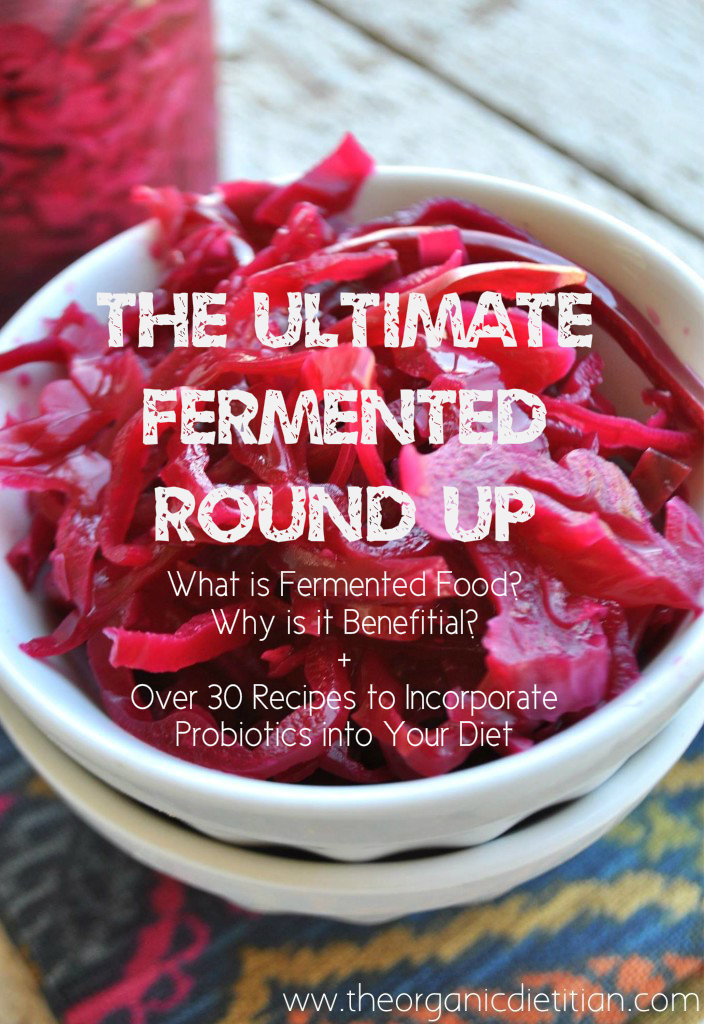

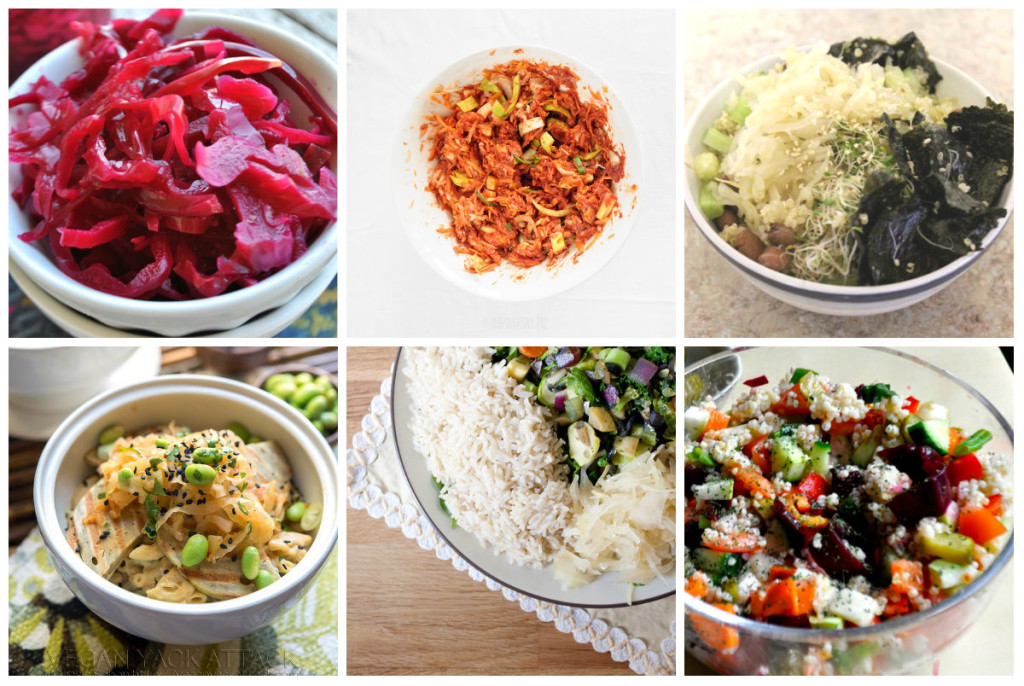

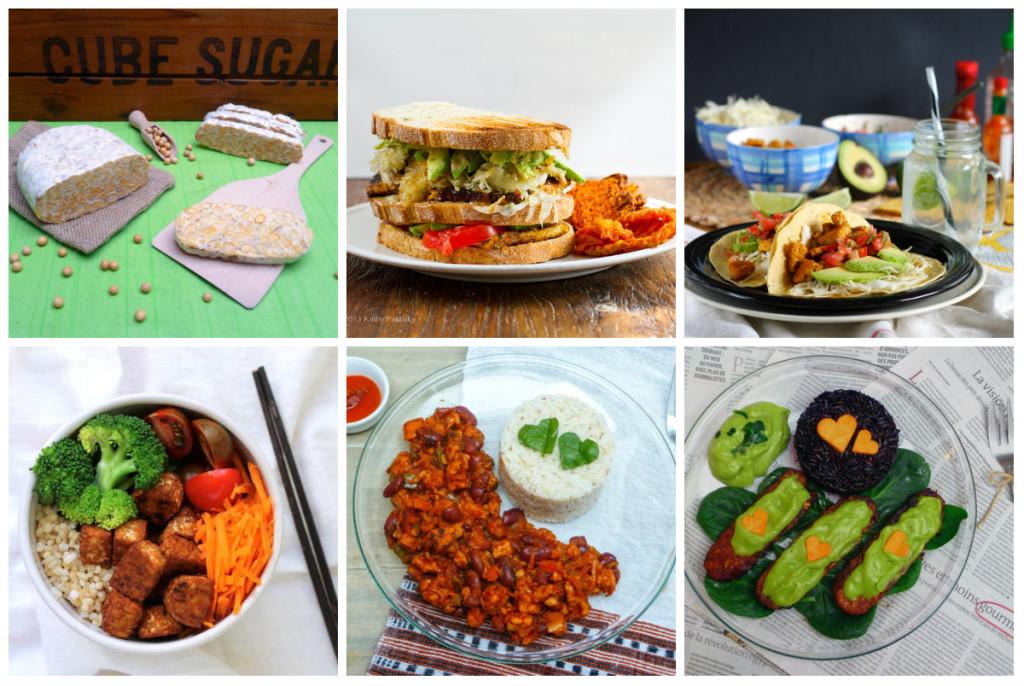




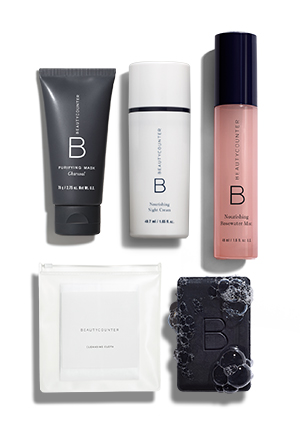
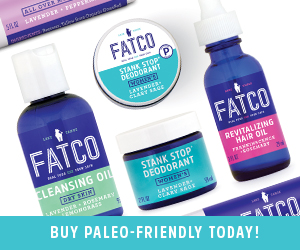







 80% of chronic dis-ease is rooted in stre
80% of chronic dis-ease is rooted in stre
 As
As 

This is a great list, Sara! So much useful information on fermented foods (which I love!) and so many great links. Thanks for including some of mine!
Thanks for the recipes.
Thanks for the great ideas Sara! I’ve been wanting to experiment with fermented foods so you’ve inspired me! BTW I noticed you’re from Chicago and now in AZ – me too! Grew up in Glenview, moved to Boston after college and now in Fountain Hills! Small world
That is awesome. We should meet up sometime. I don’t know enough like minded people.
What a wonderful collection, Sara! Everything looks so good. That reminds me that I should eat Tempeh again soon, I love that stuff ^.^
Thank you so much for including my Miso Udon Noodle Soup.
All the best, Bianca
I know right. I have some tempeh in my fridge just waiting to be used.
Nice post! Informative and lots of great recipes! Thanks, too, for including my miso soup!
Thank you. Your recipe looks delish.
Thank you for including me dear! I LOVE the fermented foods!
You are quite welcome. Thanks to letting me use your recipe.